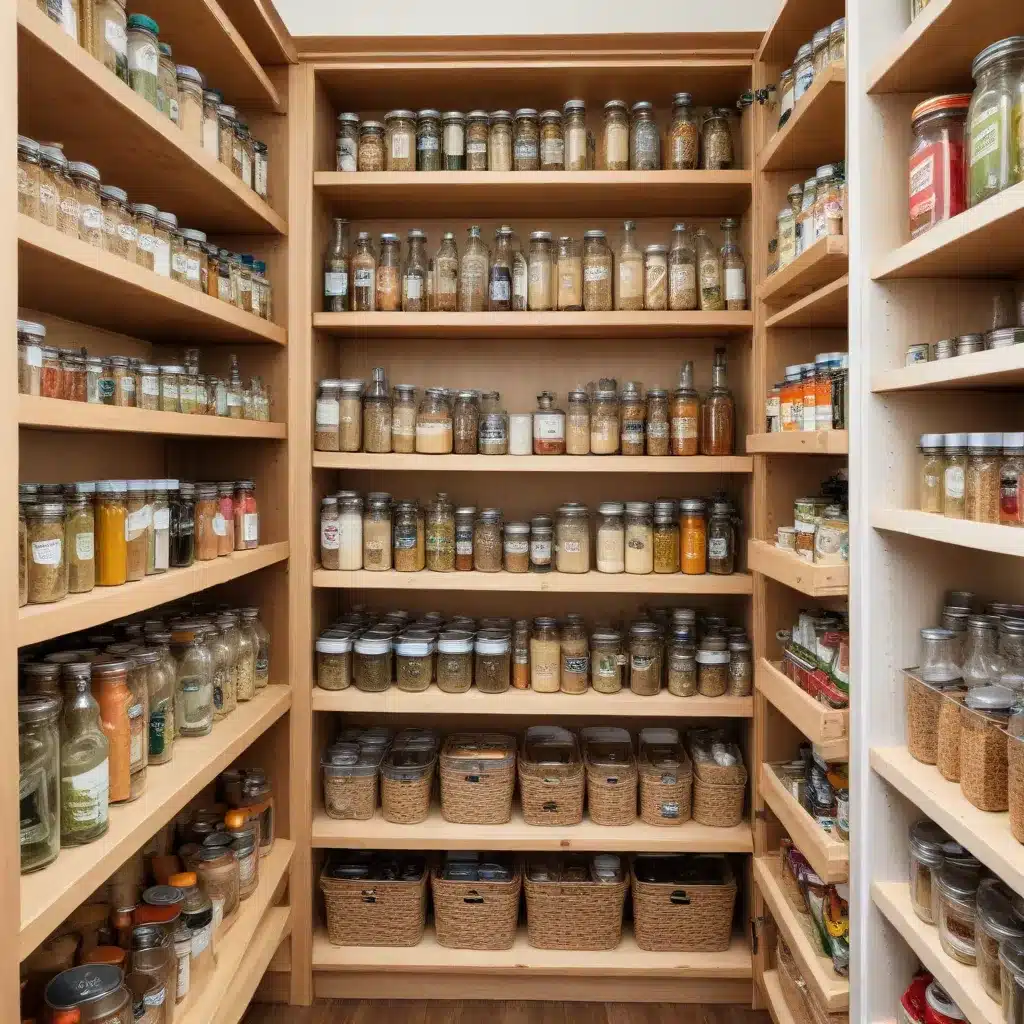
As a culinary maven with deep roots in California’s vibrant food scene, I’ve had a front-row seat to the incredible evolution of our state’s cuisine. From the sun-drenched farmers’ markets to the innovative kitchens of our most celebrated chefs, one thing has become abundantly clear: sustainability is no longer just a buzzword, but a full-fledged revolution transforming the very essence of how we think about flavor.
The Greening of the Flavor Industry
Historically, the food and flavor industry has been viewed as a rather extractive endeavor – plundering the land’s bounty without a second thought. But now, a new generation of flavor pioneers are charting a more sustainable course, one that celebrates the incredible diversity of our local ecosystems while treading lightly upon the earth.
Gone are the days of mass-produced, homogenized flavors. Today’s discerning consumers are craving unique, terroir-driven tastes that tell a story of place. And the flavor companies are listening, forging deep partnerships with small-scale, regenerative farmers to source the most exceptional ingredients. It’s like a farmers’ market, but for the flavor world – and the results are nothing short of magical.
Biodiversity: The Spice of Life
When I step into the test kitchen of a leading flavor company, I’m struck by the sheer abundance of colors, aromas, and textures at play. Flasks of wild bergamot essence sit alongside jars of rare heirloom tomato powder, each one a testament to the richness of our planet’s ecosystems. These flavor artisans aren’t just concocting the next culinary sensation; they’re celebrating the very biodiversity that sustains us.
By tapping into diverse microclimates and working hand-in-hand with small-scale producers, they’re able to craft flavor profiles that are as unique as a fingerprint. Imagine sinking your teeth into a croissant with a whisper of yuzu, or savoring a cup of coffee that captures the essence of sun-drenched citrus. These are the flavors of a greener, more sustainable future – and they’re utterly captivating.
The Science of Sustainable Extraction
Of course, transforming raw ingredients into the flavors we love is no easy feat. Traditional extraction methods can be incredibly resource-intensive, leaving a sizable ecological footprint in their wake. But the industry’s new guard is embracing cutting-edge techniques that are as gentle on the planet as they are efficient.
Supercritical CO2 Extraction
Imagine a solvent so versatile and eco-friendly that it could be likened to the James Bond of the flavor world. That’s supercritical CO2 extraction in a nutshell. By harnessing the power of carbon dioxide under precise temperature and pressure conditions, this method can selectively pluck out essential oils and aromas without a trace of toxic residue. It’s a green chemistry marvel, allowing flavor companies to capture the essence of their ingredients with unparalleled precision.
Enzyme-Assisted Extraction
Just as enzymes are the workhorses of our own bodies, these natural catalysts are now playing a starring role in the world of sustainable extraction. By using enzymes to break down plant materials, flavor companies can coax out the most flavorful compounds with a fraction of the energy typically required. It’s a gentle, efficient process that’s as easy as pie – or should I say, as easy as extracting flavor from a ripe peach?
Microwave-Assisted Extraction
Who knew the humble microwave could be an ally in the quest for sustainable flavor? By harnessing the power of microwave energy, this extraction technique can rapidly and efficiently capture the essence of herbs, fruits, and spices, all while slashing energy consumption. It’s a culinary superpower, transforming what was once an energy-guzzling process into a lightning-fast, eco-friendly marvel.
Waste Not, Want Not: Repurposing Byproducts
In the past, the food industry has been notorious for its staggering levels of waste. But today’s flavor innovators are flipping the script, transforming what were once considered worthless byproducts into newfound sources of flavor.
Take citrus peels, for example. Rather than tossing them in the bin, savvy flavor companies are extracting essential oils that add a burst of freshness to everything from cocktails to baked goods. And what about those coffee cherries, once relegated to the compost heap? They’re now prized for their unique flavor profiles, adding a delightful fruity twist to our morning brews.
It’s a mind-shift that’s not only reducing waste, but also uncovering a treasure trove of untapped flavors. By embracing a more holistic, circular approach, these sustainability champions are rewriting the rules of the industry – and creating some of the most delectable, guilt-free tastes imaginable.
The Future of Flavor is Green
In the ever-evolving world of food and flavor, sustainability is no longer just a buzzword – it’s a full-fledged revolution. From the fields to the labs, a new generation of culinary innovators are charting a greener, more eco-friendly path, weaving together the twin threads of flavor and environmental stewardship.
Whether it’s forging deep partnerships with small-scale farmers, embracing cutting-edge extraction techniques, or repurposing once-neglected byproducts, these flavor pioneers are redefining what it means to delight the senses. And the results are nothing short of captivating.
So the next time you savor a sip or take a bite, remember that behind that delectable flavor lies a world of innovation, sustainability, and a deep reverence for the natural world. It’s a future where Mother Nature and the culinary arts dance in perfect harmony – and the possibilities are as endless as they are delicious.

